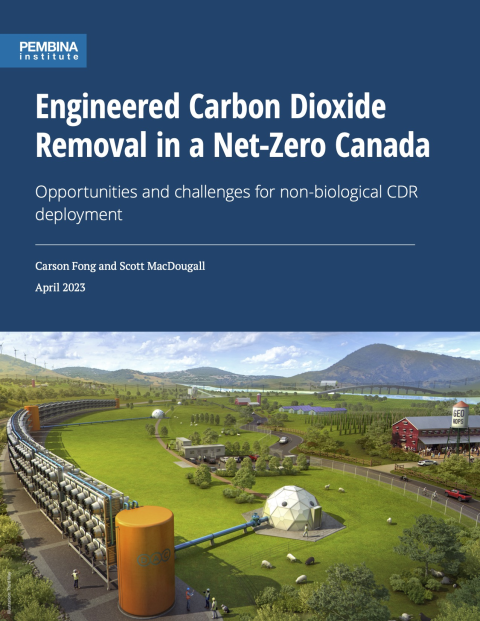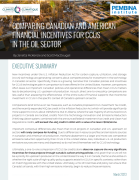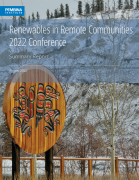Canada is one of many nations committed to keeping the global temperature rise below 1.5°C relative to pre-industrial levels. To contribute to this, Canada’s goal is to reduce emissions by 40-45% from 2005 levels by 2030, and then achieve net-zero in 2050. A state of net-zero emissions means the amount of greenhouse gases going into the atmosphere must be balanced by removal out of the atmosphere. Net-zero can be achieved with early, deep and sustained reductions of direct emissions, and then tackling the remaining hard-to-reduce emissions with additional tools like carbon dioxide removal (CDR). No less an authority than the United Nations Intergovernmental Panel on Climate Change (IPCC) has noted the need for CDR, saying: “The deployment of CDR to counterbalance hard-to-abate residual emissions is unavoidable if net-zero CO2 or GHG emissions are to be achieved.”
CDR processes extract CO2 from the atmosphere and durably store it so that it does not re-enter the atmosphere. It can be an indirect solution for hard-to-reduce emissions by removing the equivalent amount of CO2 emitted. CDR can also counteract emissions if Canada overshoots its carbon budget and can even help achieve negative net emissions after net-zero is reached. In this way, it can extract some of the legacy carbon that humanity has released into the atmosphere over the last few centuries.
Some studies estimate CDR could reduce the cost of tackling these remaining emissions by 40% compared to alternatives. The cost of not doing enough to prevent climate change, meanwhile, could cause economic damage in Canada totaling $391 billion to $865 billion annually by 2100, not to mention the human toll of climate-related disasters.
Many biological CDR approaches (afforestation, reforestation, soil sequestration) are well known, heavily discussed and available for deployment now. They make up the majority of currently implemented CDR and are expected to continue to play a significant role in carbon removal in the following decades.
By contrast, engineered non-biological CDR solutions, such as direct air capture (DAC) with geologic storage, carbon dioxide mineralization, and many types of carbon use, are technologically immature and more expensive, but they have the potential to offer verifiable and durable CDR in the medium-to-long term.











